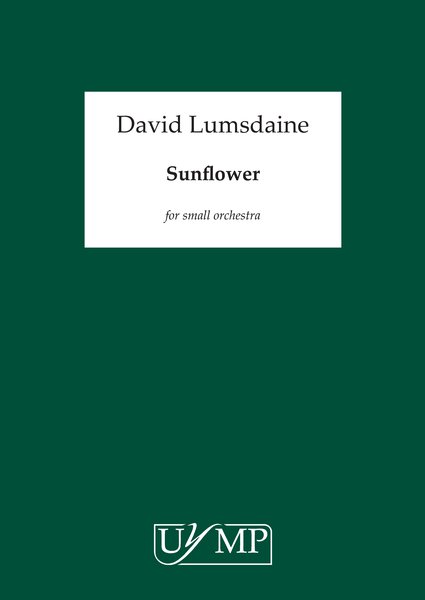Ah, Sunflower, weary of time
Who countest the steps of the sun
Seeking after that sweet golden clime
Where the traveller’s journey is done.
Where the youth pined away with desire,
And the pale virgin shrouded in snow
Arise from their graves and aspire
Where my Sunflower wishes to go.
William Blake
The music takes its name from Blake’s poem, and is dedicated to the memory of Luigi Dallapiccola, who died in 1975. The music is a threnody, but it also celebrates aspiration. It shares, in tribute, the dark yet radiant lyricism of Dallapiccola’s music.
The work is in one continuously unfolding movement, lasting about twenty minutes and mainly slow and quiet. It is shaped in three verses, prefaced by an introduction and concluded by an extended coda.
A sunflower, like a pine cone, has a spiral pattern of growth (it can be expressed mathematically in terms of the Fibonacci series), and music, too, can create spiral shapes in space and time. Lumsdaine’s Sunflower is a musical spiral; think of each verse as an expanding whorl in the spiral, creating a proliferation of dancing textures. In the introduction we hear an E pedal, gently decorated, which leads to a simple antiphonal call between the two horns. The repetition of this call marks the beginning of each expanding verse. A final transformation of the horn call leads into the coda whose textures suggest a fresh beginning as much as an end.
Sunflower was commissioned by the Northern Sinfonia with funds provided by the Arts Council and was first performed in 1975.
Nicola LeFanu

